Insect Stings Ranked by Pain Intensity, One is "Like a Volcano"
It's the Schmidt Sting Pain Index.

As the calendar turns toward the warmer months, millions are contemplating summer fun and trying not to think about the occasional inevitable summer misery. Such as insect bites: The unavoidable sting or bite can range from itchy and inconvenient to teeth-grindingly painful. If you've ever wondered what insect bite is the most painful, you're not alone. But you don't have to do what Dr. Michael Schmidt did to find out. The Daily Mail reports he was willingly stung by 78 insects to develop a scientific ranking of the pain their bites produced. Although the noted entomologist is no longer with us, his Schmidt Sting Pain Index remains for entertainment and edification.
1
First, the Worst
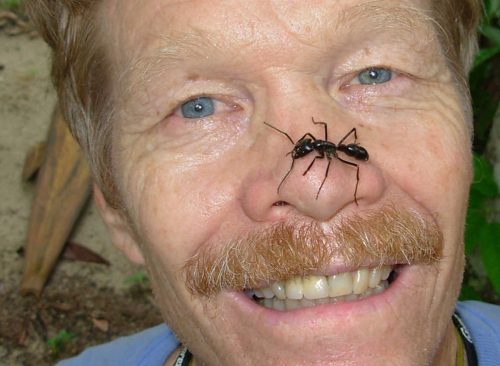
Schmidt was stung more than 1,000 times in the process of developing the index, in which he ranked pain on a scale of one to four, with four being the most painful. The scientist said the most painful insect bite he experienced came from the warrior wasp, comparing it to being "chained in the flow of an active volcano." In describing the worst of the worst, his descriptions were almost poetic. About the bite of a velvet fire ant, he wrote, "Pure, intense, brilliant pain. Like walking over a flaming charcoal with a 3-inch nail embedded in your heel." And the tarantula hawk wasp: "Blinding, fierce, shockingly electric. A running hair dryer has just been dropped in your bubble bath."
2
Colorful Descriptions
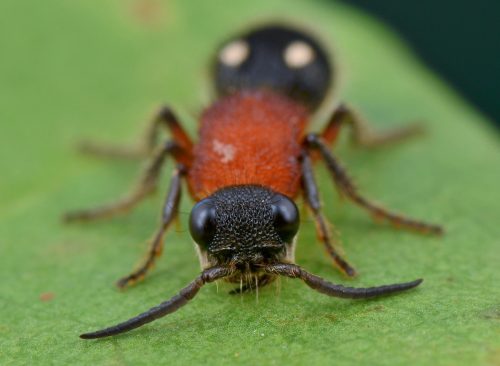
At the 3 pain level are the velvet ant, described as "hot oil from the deep frying spilling over your entire hand" and the Florida harvester ant, which Schmidt said feels like "somebody is using a power drill to excavate your ingrown toenail." A honeybee's sting was ranked as a 2 on the pain scale: "burning, corrosive, but you can handle it." A Western yellowjacket sting earned the same rating; it was compared to someone "extinguishing a cigar on your tongue."
3
1 Rating Still Pretty Painful
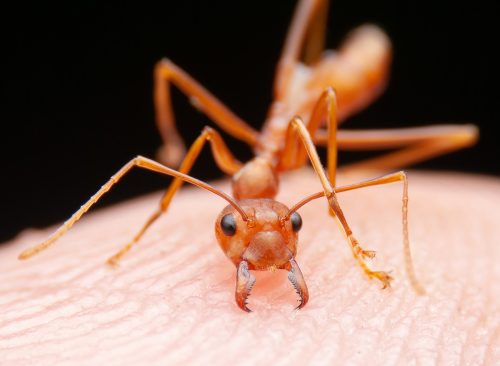
Meanwhile, the red fire ant earned a ranking of 1: Schmidt described its sting as "sharp, sudden, mildly alarming. Like walking across a shag carpet and reaching for the light switch." He noted its bite produced small, itchy lumps lasting 30 minutes to an hour and creating small fluid-filled blisters.
4
King of the Sting
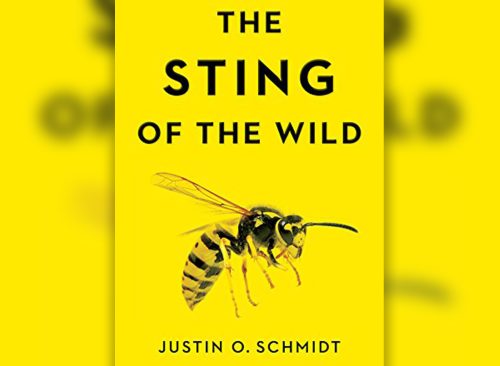
Schmidt got the idea for the index after a 1973 trip to Georgia to gather harvester ants. He and his zoologist wife, Debbie, both got stung, and she used colorful language to describe the pain. Schmidt's index, developed with the Debbie's help, was published in the 2016 book The Sting of the Wild. "When Schmidt recalls a certain agonizing sting, a memory that remains vivid decades after the pain has faded, he's not just spinning a tale," the New York Times Magazine said about him in 2016. "He's documenting a theory about how sting pain functions: as a deterrent, whereby it creates a memory of pain that stays with a predator for life." The scientist earned the nickname "King of the Sting" for his research, which he continued until recently before his death last February.
5
How He Did It
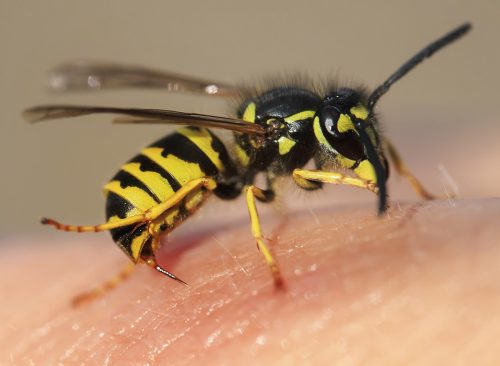
Schmidt told Atlas Obscura how the testing worked: He would grab fistfuls of insects and put them in containers to transport them to the lab, so he would often get stung in the process. But if that didn't happen, he would just put them on his arm. He said the key to enduring the pain was not to anticipate it too much. "I don't put on suits of armour or get myself all psyched," he said. "When I go to the doctor's office, if I know I'm going to get an injection, it hurts a whole lot more the more I know I'm going to get a big, fat needle stuck in me. It's very much the same way with stinging insects."














